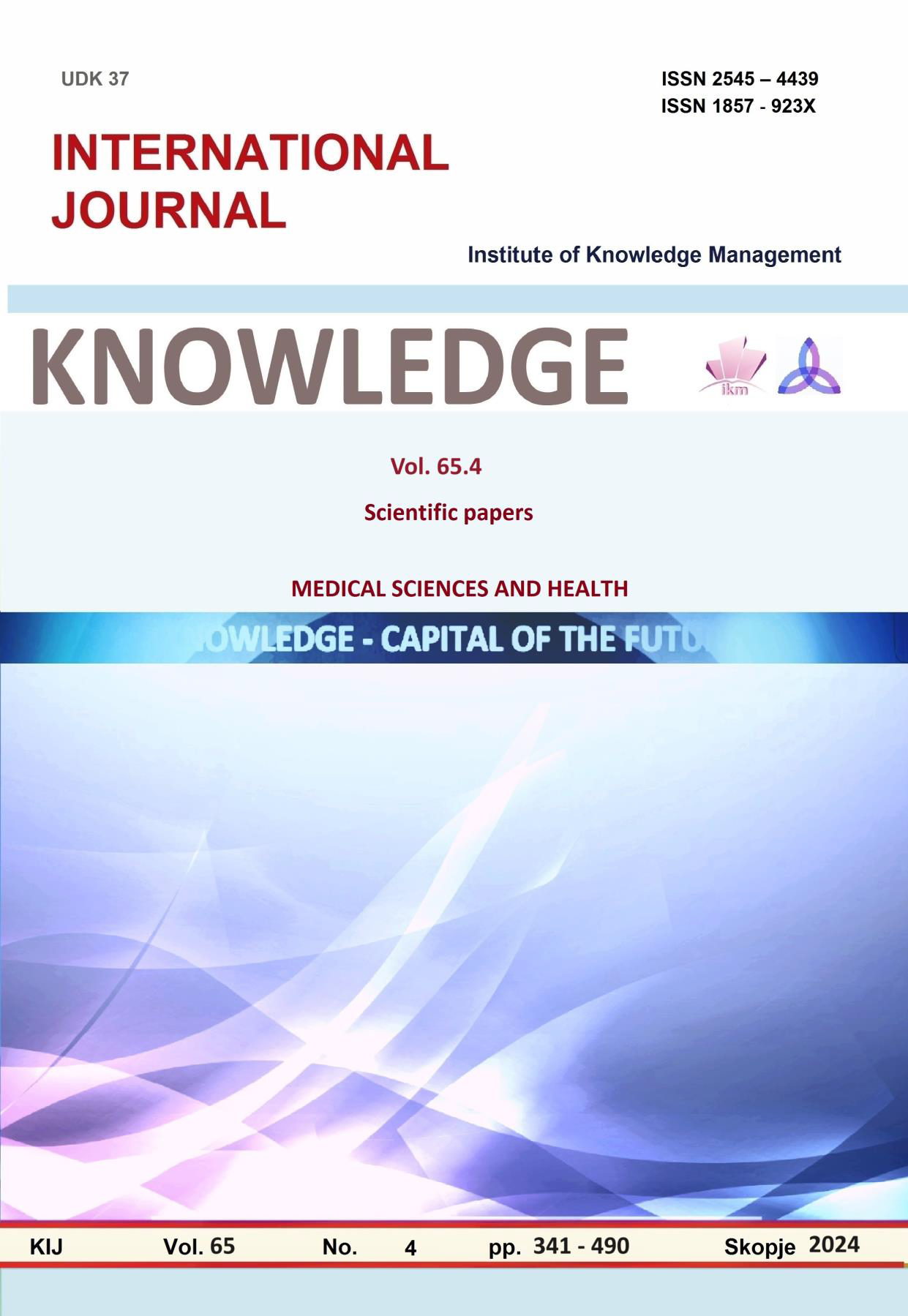EVALUATION OF PATIENT COMFORT DURING DIFFERENT METHODS OF MANDIBULAR ANESTHESIA
Keywords:
Local anesthesia, Fear, Pain, Injections, Two-stage technique, Inferior alveolar nerve blockAbstract
Before gainin confidence of a patient, it is necessary to have a specific approach to deal with the patient's individual fear of the intended dental intervention. The purpose of this paper is to record the size of the anesthetized field achieved by applying different techniques of mandibular block anesthesia and to determine the occurrence of fear and pain during the application of several different techniques of mandibular block anesthesia. For the realization of the aim, a research was conducted in which 90 healthy subjects of both genders were included divided into three groups of 30 subjects according to the applied local mandibular anesthesia: direct technique, indirect - direct technique and two-stage local anesthesia. The criteria for inclusion in the research were as follows: individuals from 25 to 65 y, male and female. For the research, questionnaires were prepared for each subject individually, in which all necessary parameters of the work method were noted. Presence of fear of anesthesia using the following objective assessment scales: Corah Dental Anxiety Scale (CDAS) and Modified Dental Anxiety Scale (MDAS) (absence/presence: little, medium, very, extremely much). Presence of pain using the Heft-Parker visual analogue scale in several intervals. The results of the study showed that all methods were generally effective in achieving local mandibular anesthesia, whereby the direct method and the two-stage method showed similar effectiveness in debulking, while the indirect-direct method showed the need for the application of additional anesthesia for the buccal nerve. The two-stage technique of mandibular anesthesia is recommended for more sensitive patients, female patients, pregnant women and pediatric patients, and it achieves a more efficient and less painful method of application.
References
Armfield JM, & Heaton LJ. (2013) . Management of fear and anxiety in the dental clinic: a review. Aust Dent J ; 58(4):390-407; De Stefano R, Bruno A, Muscatello MR, Cedro C, Cervino G, & Fiorillo L. (2019). Fear and anxiety managing methods during dental treatments: a systematic review of recent data. Minerva Stomatol; 68 (6):317-331. De Stefano R .(2019) Psychological Factors in Dental Patient Care: Odontophobia. Medicina (Kaunas). 2019 Oct 8;55(10):678. Diaz CR, Martins RF, Azevedo JA, Souza SF, & Thomaz EB. (2022) Anxiety/fear of dental treatment during pregnancy: use of the Modified Dental Anxiety Scale. Minerva Dent Oral Sci; 71(2):79-88. Joseph RM, Rao AP, Srikant N, Karuna YM, & Nayak PA. (2019) Comparison of Patient Comfort During the First Stage of Conventional Versus Modified Two-Stage Inferior Alveolar Nerve Blocks in Pediatric Patients. Anesth Prog; 66(4):221-226. doi: 10.2344/anpr-66-03-03. Lin CS, Lee CY, Chen LL, Wu LT, Yang SF, & Wang TF. (2021). Magnification of fear and intention of avoidance in non-experienced versus experienced dental treatment in adults. BMC Oral Health. 1;21(1):328. doi: 10.1186/s12903-021-01682-1.PMID: 34210309
Nusstein John, Steinkruger Geoffrey, Reader Al, Beck Mike, & Weaver Joel. (2006) The Effects of a 2-Stage Injection Technique on Inferior Alveolar Nerve Block Injection Pain Anesth Prog 53:126–130.
Rao A, Thakkar D, Rao A, Karuna YM, & Srikant N. (2017). Evaluation of a modified two-stage inferior alveolar nerve block technique: a preliminary investigation. Dent Hypotheses;8:34.
Sandeep V, Kumar M, Jyostna P, & Duggi V. (2016). Evaluation of 2-stage injection technique in children. Anesth Prog; 63:3–7. 10. Sanglard LF, Oliveira LB, Massignan C, Polmann H, & De Luca Canto G. (2022) Evaluating pain, fear, anxiety or stress/distress using children's drawings in paediatric dentistry: a scoping review. Eur Arch Paediatr Dent; 23(2):199-222. doi: 10.1007/s40368-021-00674-7. Somero A, Suominen A, Pohjola V, Ogawa M, Sipilä K, Kakko N, Tulppo M, & Lahti S. (2024) Autonomic Nervous System Activity and Dental Anxiety in the Northern Finland Birth Cohort (NFBC1966) Population. Dent J (Basel); 12(3): 81. Umemori S, Noritake K, Tonami KI, Le SH, Sunaga M, Kimura Y, Kanamori Y, Sekiguchi A, & Nitta H. (2022). The Effects of Providing Advance Notice and Stress-Coping Traits on Physiological Stress of Patients during Dental Treatment. Int J Environ Res Public Health. 22;19 (5): 2540.
Van Houtem CMHH, Pieterse CM, & de Jongh A. (2022). [Diagnosis and treatment of dental anxiety]. Ned Tijdschr Tandheelkd;129(11): 507-512. Vanhee T, Mourali S, Bottenberg P, Jacquet W, & Vanden Abbeele A. (2020). Stimuli involved in dental anxiety: What are patients afraid of?: A descriptive study. Int J Paediatr Dent; 30 (3):276-285.





